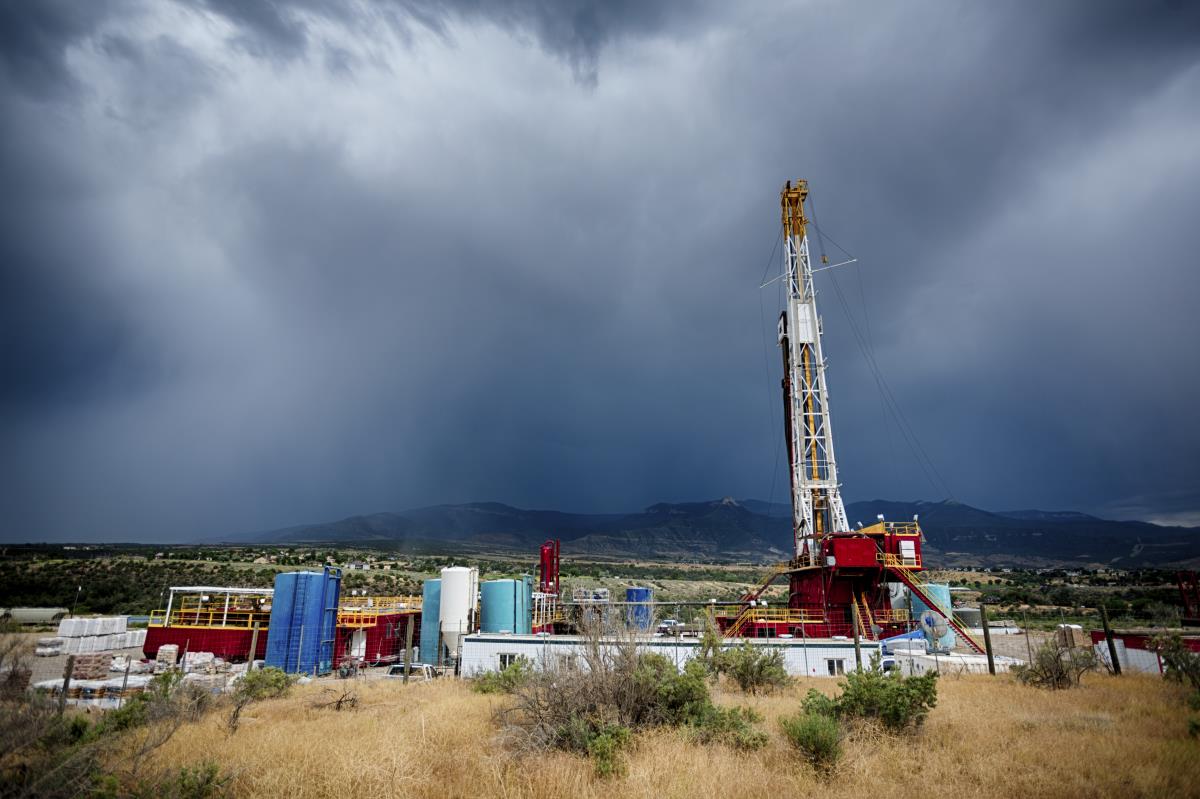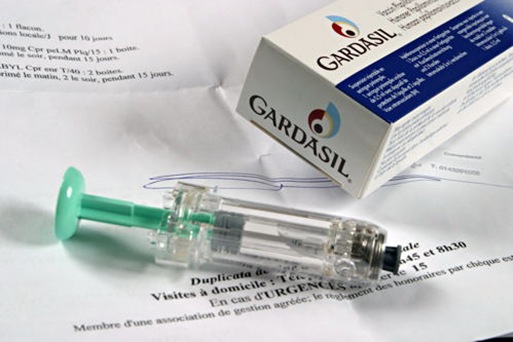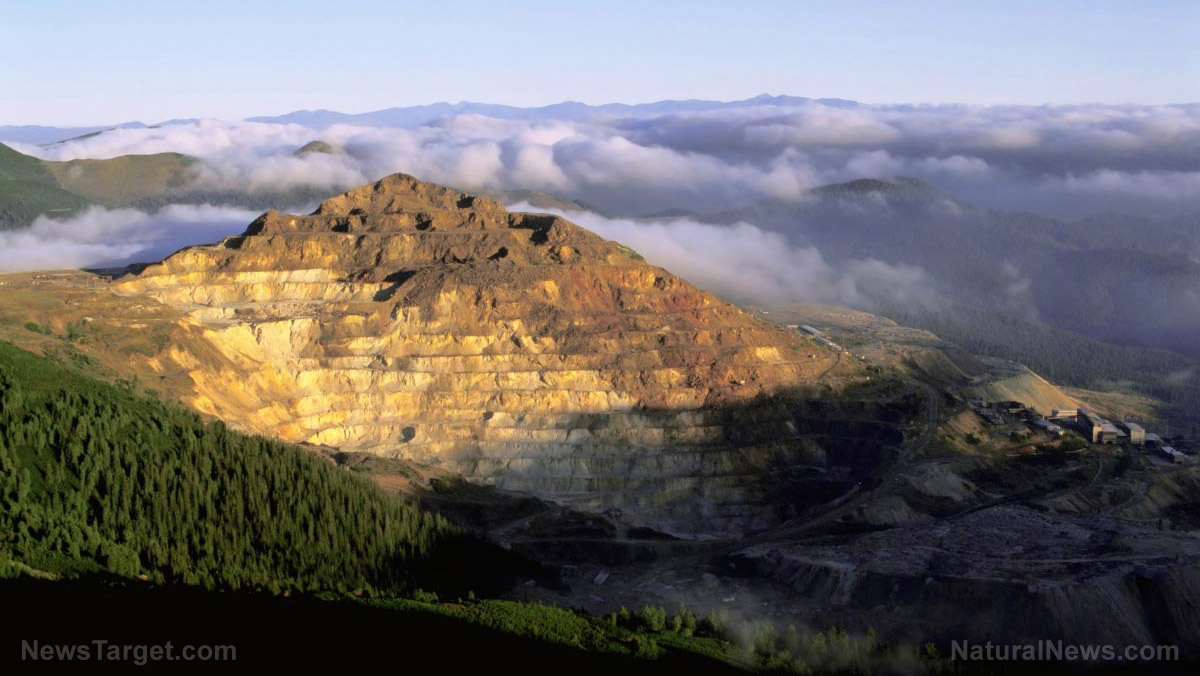
That said, there is at least some emerging data indicating that the production of one material used in the process – frac sand, as it is known – may be contaminated with heavy metals, which can be toxic in high amounts.
As reported by Wisconsin Public Radio, three years ago water samples taken from ponds at frac sand mines in the state showed concentrations of heavy metals that were many times higher than state groundwater recommendation standards (see how frac sand is manufactured here).
Now, the Department of Natural Resources is set to launch a study to determine if the metal from those ponds is leaching into groundwater. Two similar studies are already underway to provide a better understanding of what may be in the region’s water tables, as well as the sand mined there.
Jay Zambito, a geologist with the Wisconsin Geological and Historical Survey, said a section of land outside the city of Arcadia, where the Tunnel City and Wonewoc sandstone formations join, are very rich in minerals that contain heavy metals. He added that the minerals are what keeps the heavy metals from escaping the rock formations. And he believes when the sandstone formations are broken up, the heavy metals may be allowed to escape.
“You might be exposing minerals that can easily break down those minerals – if they have trace metals present and those trace metals get into the water – the surface water then becomes poor quality and then it interacts with the groundwater, the groundwater then becomes lesser quality,” he told WPR.
In 2013, when researchers from DNR sampled water used by companies to wash frac sand, the agency did not ask whether metals from mines could be contaminating drinking water.
However, they found aluminum concentrations that were 178 times higher than state standards allow, in addition to lead and manganese levels that were four times higher than regulatory limits for groundwater.
But the water was cloudy, WPR reported, so researchers were uncertain whether the heavy metals were in the sediment or the water itself.
Researchers now want to know if residents who live near frac sand mines and others are at increased risk of having their drinking water tainted with dangerous heavy metals, high concentrations of which have been shown to cause brain and nerve damage.
DNR frac specialist Roberta Walls says answers cannot come fast enough.
Sources:
Please contact us for more information.






















